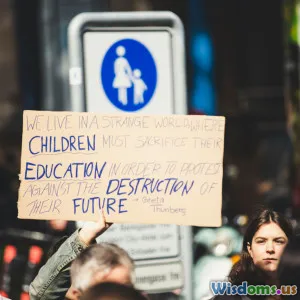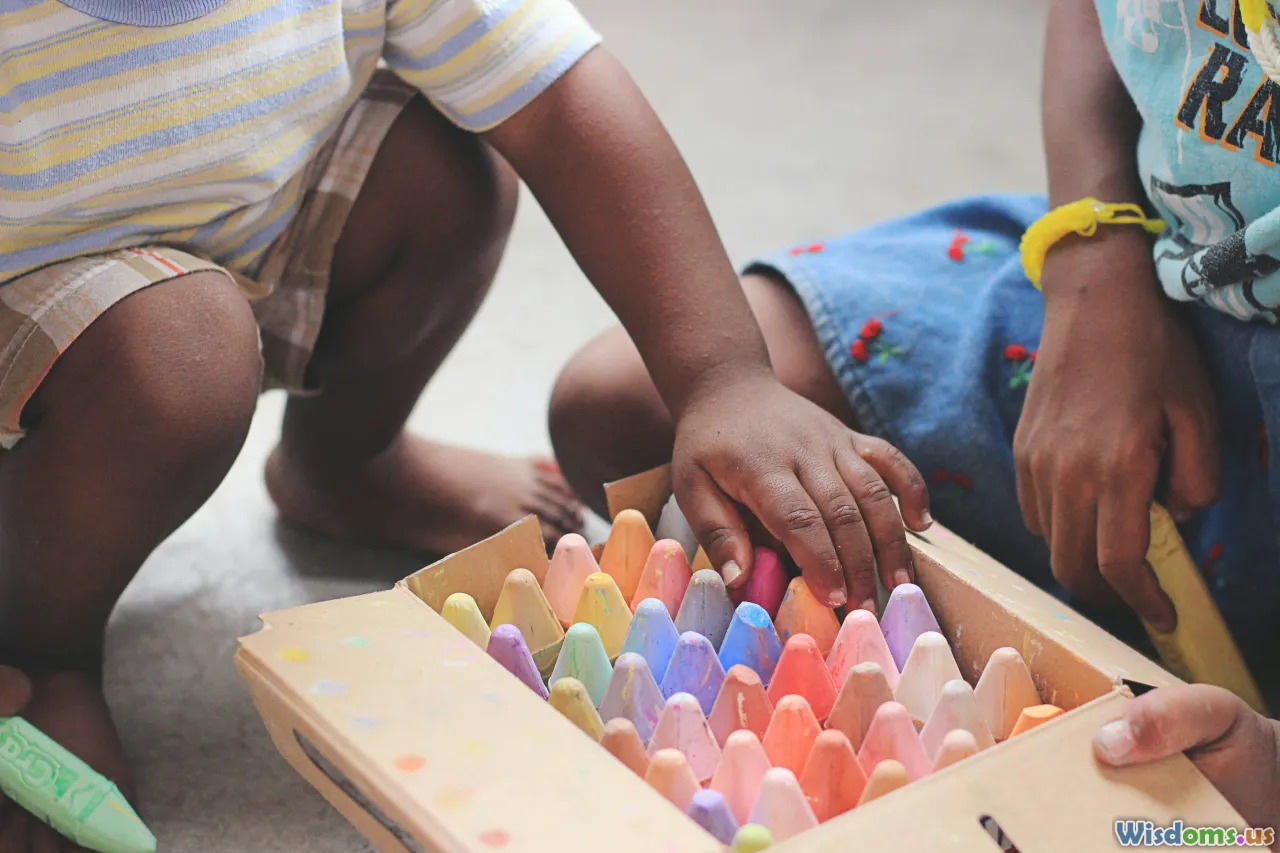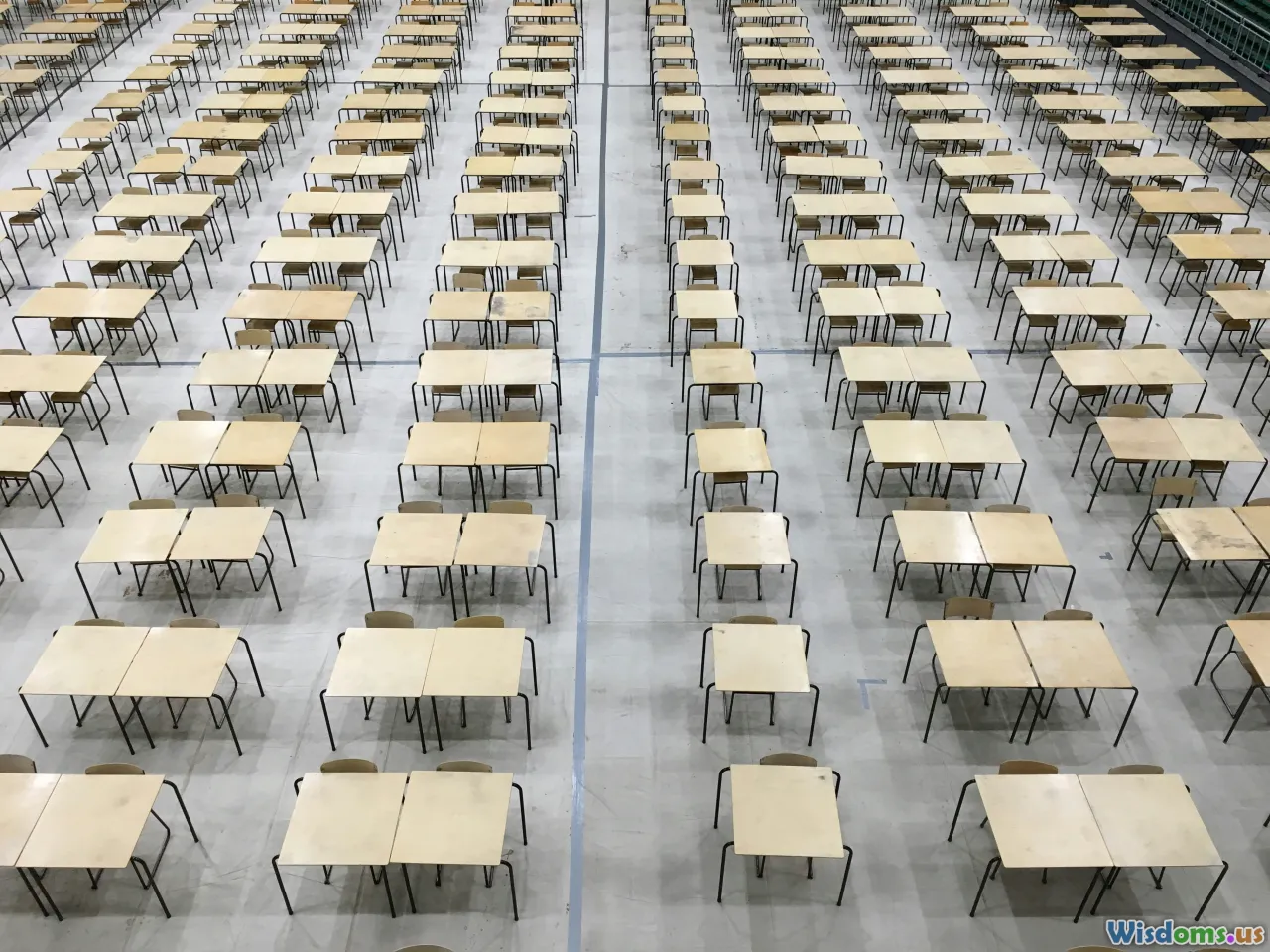
How Social Class Affects Educational Opportunities for Children
15 min read Explore how social class shapes children's educational access, learning resources, and long-term academic outcomes. (0 Reviews)
How Social Class Affects Educational Opportunities for Children
For generations, education has been seen as the great equalizer—the steadfast path that enables any child, regardless of background, to reach their full potential. Yet, beneath the surface of this hopeful belief, a more complex reality persists. Social class continues to play a significant, if sometimes subtle, role in determining the educational opportunities available to children. Through neighborhood environments, funding models, expectations, and resources, children from different socioeconomic backgrounds often embark on uneven educational journeys. Understanding these disparities helps illuminate paths toward a more equitable future.
The Landscape of Inequality: Early Childhood Resources

Research consistently affirms that formative years drastically shape a child's educational trajectory. Access to early childhood resources such as high-quality pre-K programs, stimulating environments, and engaged caregivers is crucial—but these advantages are intimately tied to social class.
Children from affluent families often experience environments replete with books, educational toys, and language-rich interactions. According to a seminal 1995 study by Hart and Risley, by age three, children from wealthier families will have heard 30 million more words than those from lower-income households. This early language gap creates the foundation for ongoing academic disparities.
By contrast, lower-income parents may juggle multiple jobs, limiting time for such enrichment. Neighborhood safety concerns may restrict outdoor play or community program participation. Head Start and other early intervention programs attempt to bridge these gaps, yet funding challenges and limited capacity mean not all eligible children can access them.
Action Tip: Expanding subsidized high-quality early childhood programs can ameliorate early gaps, providing all children with a strong academic foundation.
Funding Formulas: Why Zip Codes Matter So Much

Educational spending in the United States remains tethered to local property taxes—a system that magnifies inequality. Students in affluent neighborhoods attend schools with state-of-the-art science labs, small class sizes, and abundant extracurricular options. Nearby, children in under-resourced districts face aging buildings, large class sizes, and limited art or music instruction.
For example, in Pennsylvania, the richest districts can spend up to $12,000 more per pupil annually than the poorest, according to a 2023 Education Law Center report. The difference isn't just material: better-funded schools attract more experienced teachers, while underfunded campuses struggle with teacher shortages and rapid turnover.
Across the OECD, similar funding disparities exist, though many countries use more centralized funding to equalize resources. Germany, for instance, adjusts state and federal allocations to schools in poorer regions to moderate these gaps.
Comparative Insight: Countries that de-link school funding from property wealth generally exhibit smaller achievement gaps by social class.
Hidden Curriculum: Cultural Capital and Classroom Success

Beneath the formal curriculum, children absorb a 'hidden curriculum'—the unspoken behaviors, attitudes, and skills valued in academic settings. Sociologist Pierre Bourdieu called this 'cultural capital,' and it often mirrors the norms of the dominant social class.
Consider class participation or advocating for oneself with a teacher. Middle- and upper-class students are typically encouraged to ask questions, challenge ideas, and project confidence—traits rewarded in school. In contrast, working-class children may be taught to defer to authority or prioritize cooperation over individual recognition. These subtle differences can impact teacher perceptions, student engagement, and ultimately, academic advancement.
For example, research shows that teachers may unconsciously interpret assertive behavior as 'leadership' in affluent students, yet label similar actions as 'disrespectful' from poorer children. This influences recommendations for advanced coursework or gifted programs, often to the disadvantage of students from lower-income households.
How-To: Teachers and administrators can take steps to make the classroom accessible to all cultural backgrounds, from reflective practice to inclusive curriculum design.
Networking: The Unseen Advantage of Social Connections

Opportunities often emerge from connections. Higher social-class families typically possess wider professional and social networks, giving their children access to enrichment—private tutoring, prestigious summer camps, or internships—that reinforce academic achievement.
Take the example of college counseling. In communities where parents themselves attended college, there's greater knowledge of application processes, scholarships, and financial aid. Affluent schools frequently offer dedicated counselors, alumni connections, and workshops, while their less-resourced counterparts may have counselor-to-student ratios of 1:500, making personalized guidance nearly impossible.
Furthermore, parents with professional backgrounds are more likely to volunteer for school initiatives, join PTA boards, or lobby for curricular changes benefitting their children—activities less accessible for parents balancing multiple jobs or language barriers.
Tip: School systems can help close the networking gap by facilitating mentorship programs, community partnerships, and alumni engagement, especially in under-resourced schools.
Extracurricular and Enrichment Activities: Gateways for Opportunity

Participation in arts, athletics, robotics clubs, and debate teams isn't merely about having fun. Such activities build stronger college applications, social skills, and often ignite passions leading to academic or career pursuits. However, these opportunities are unevenly distributed along social-class lines.
Wealthier schools subsidize a host of options. Conversely, budget-strapped districts may charge fees for sports uniforms or art materials, making participation prohibitive. According to a 2017 report from The Afterschool Alliance, participation in afterschool programs is 50% higher among higher-income families than those at or below the poverty line.
Summer is another inflection point. While some children enroll in STEM camps or travel abroad, others spend unsupervised hours at home due to cost or lack of transportation. This leads to "summer learning loss," compounding achievement gaps year over year.
Advice: Policymakers and philanthropists should prioritize funding no-cost or sliding-scale enrichment offerings within communities most in need.
Standardized Testing: Leveler or Barrier?

The original intent of standardized testing was to create a level playing field for college admissions and academic tracking. Yet in practice, these high-stakes exams have become yet another arena where social class exerts its influence.
Students from wealthier families invest in private tutors, online test prep programs, and repeated test-taking, elevating their scores. The College Board reports that SAT test-takers from families earning more than $200,000 annually score, on average, 388 points higher than students from families earning less than $20,000.
Moreover, test centers themselves are more readily accessible in affluent communities, and classes focused on test preparation (such as Advanced Placement) are less frequent in high-poverty schools. This affects not just admissions, but scholarship eligibility, program placement, and even self-perception.
Action Point: Moving beyond reliance on standardized tests and emphasizing holistic review processes or portfolio-based assessments can provide a fuller, fairer account of student strengths.
The Digital Divide: Unequal Access to Technology

As education increasingly harnesses digital tools, a new layer of disparity emerges: the digital divide. During the COVID-19 pandemic, school closures exposed the chasm between students with reliable internet, personal computers, and quiet study spaces, and those without.
A 2020 Pew Research study found that 15% of U.S. households with school-aged children did not have high-speed internet. Rural regions and low-income neighborhoods were the hardest hit. Even when schools distributed devices, lack of digital fluency among parents could further inhibit learning.
Access to technology now influences homework completion, research skills, participation in collaborative projects, and college readiness. The gap isn’t closing on its own; it persists as a new marker of education inequality.
How-To: Policymakers and community organizations can narrow the divide through universal broadband initiatives, community technology centers, and digital literacy programs for families.
Emotional and Psychological Factors: The Toll of Insecurity

Social class also shapes psychological readiness for school success. Chronic financial insecurity or exposure to trauma at home leaves many lower-income children with heightened anxiety, reduced concentration, and behavioral challenges. The American Psychological Association notes that poverty is correlated with higher levels of stress, depressive symptoms, and decreased executive function.
Meanwhile, children from higher socioeconomic backgrounds are more likely to have access to mental health resources and after-school support. Stigma around seeking psychological assistance can be another barrier for less-affluent families, particularly in communities without culturally competent supports.
Supportive relationships with teachers and counselors are critical, but the uneven distribution of school psychologists and guidance staff often means some children fall through the cracks.
Tip: Investing in school-based counseling, trauma-informed teaching practices, and social-emotional learning curricula can help counteract class-based emotional disparities.
Shifting the Paradigm: Strategies for Change

Confronting social-class-based disparities in educational opportunity requires broad, coordinated efforts. While the issues are deeply rooted, there are success stories and promising strategies worth emulating:
- Early Intervention: Universal pre-K and home-visiting programs in places like Oklahoma and Illinois have boosted school readiness, especially among low-income children.
- Revised Funding Models: States like Massachusetts have adopted "weighted student funding," directing more resources to schools serving higher numbers of disadvantaged students.
- Community Schools: The "community school" model offers wrap-around services—health care, after-school care, food assistance—helping students overcome non-academic barriers.
- Affirmative College Access: Universities such as University of California, Berkeley, have implemented comprehensive outreach and financial aid programs to recruit students from under-represented backgrounds.
Actionable Insight: Advocacy at the local, state, and federal levels can yield policy changes to equalize opportunity. Families, educators, and community members each have a role to play by supporting inclusive, adequately funded, and holistic educational systems.
Educational inequity may feel like a daunting, slow-to-change challenge. Yet every initiative that erodes the link between zip code and academic destiny moves society closer to its promise as a place where a child’s potential is not predicted by their social class. Through persistent effort, collaboration, and innovation, every child can be afforded the promise of a bright, opportunity-filled educational journey.
Rate the Post
User Reviews
Popular Posts




















